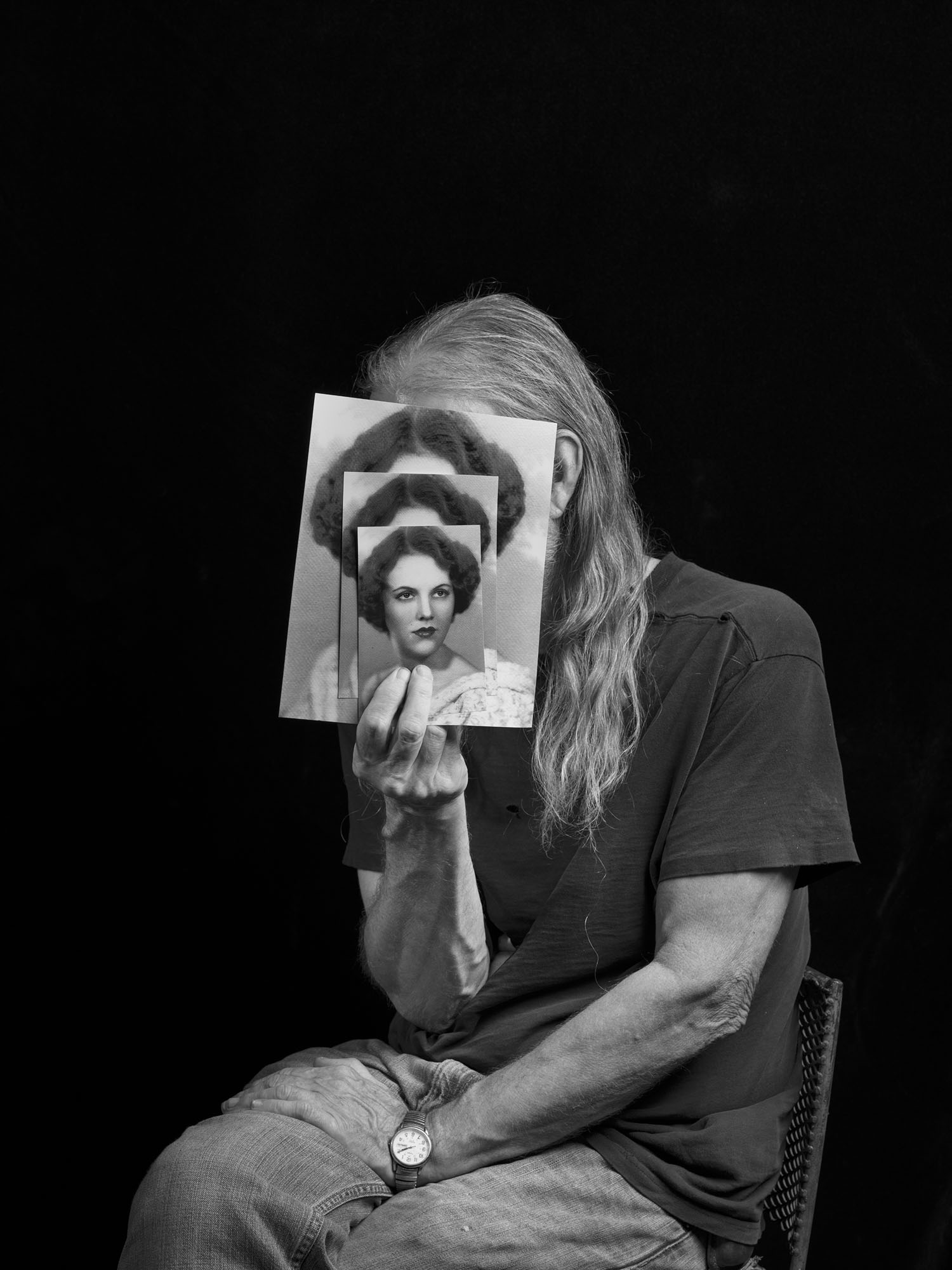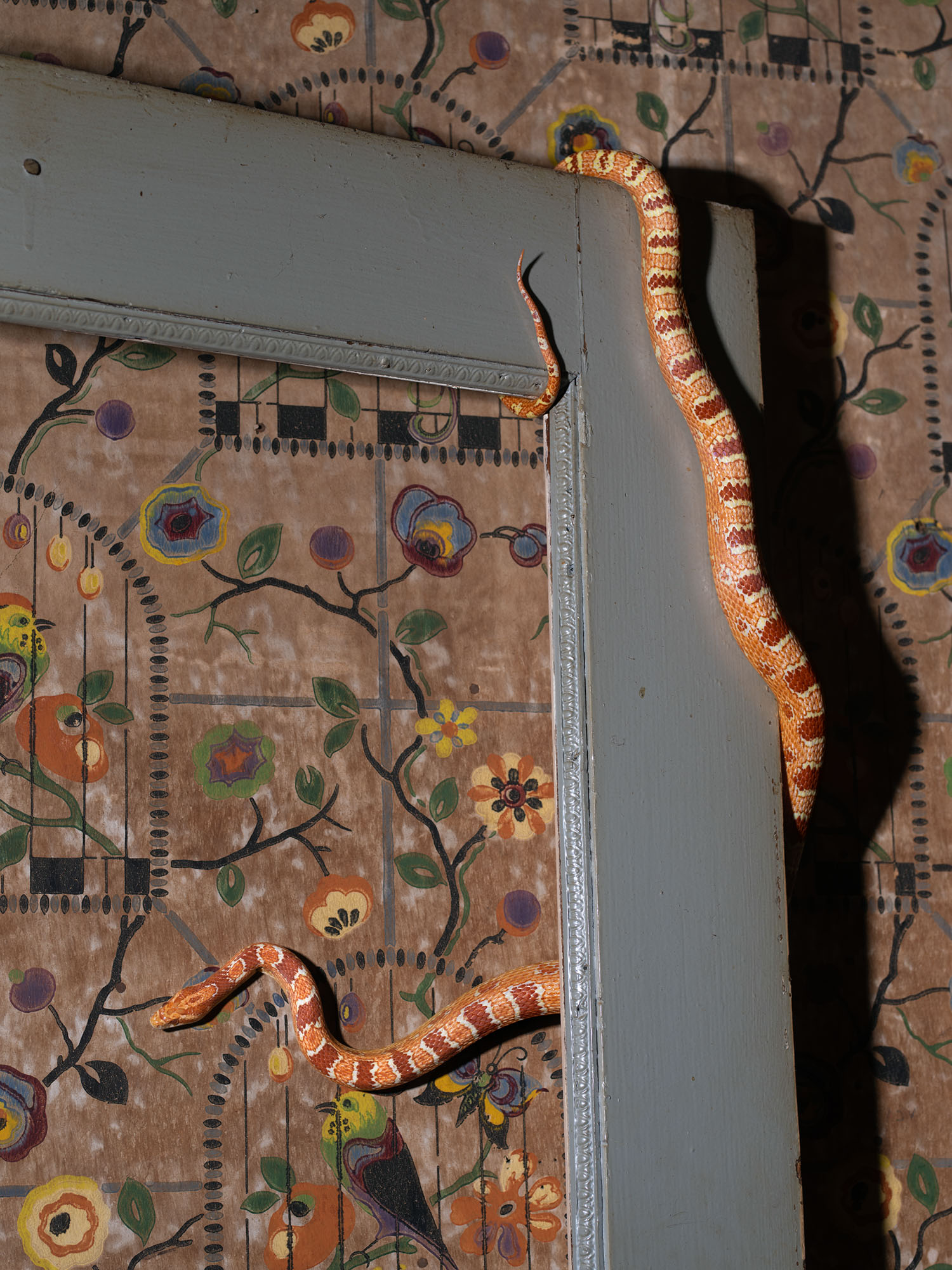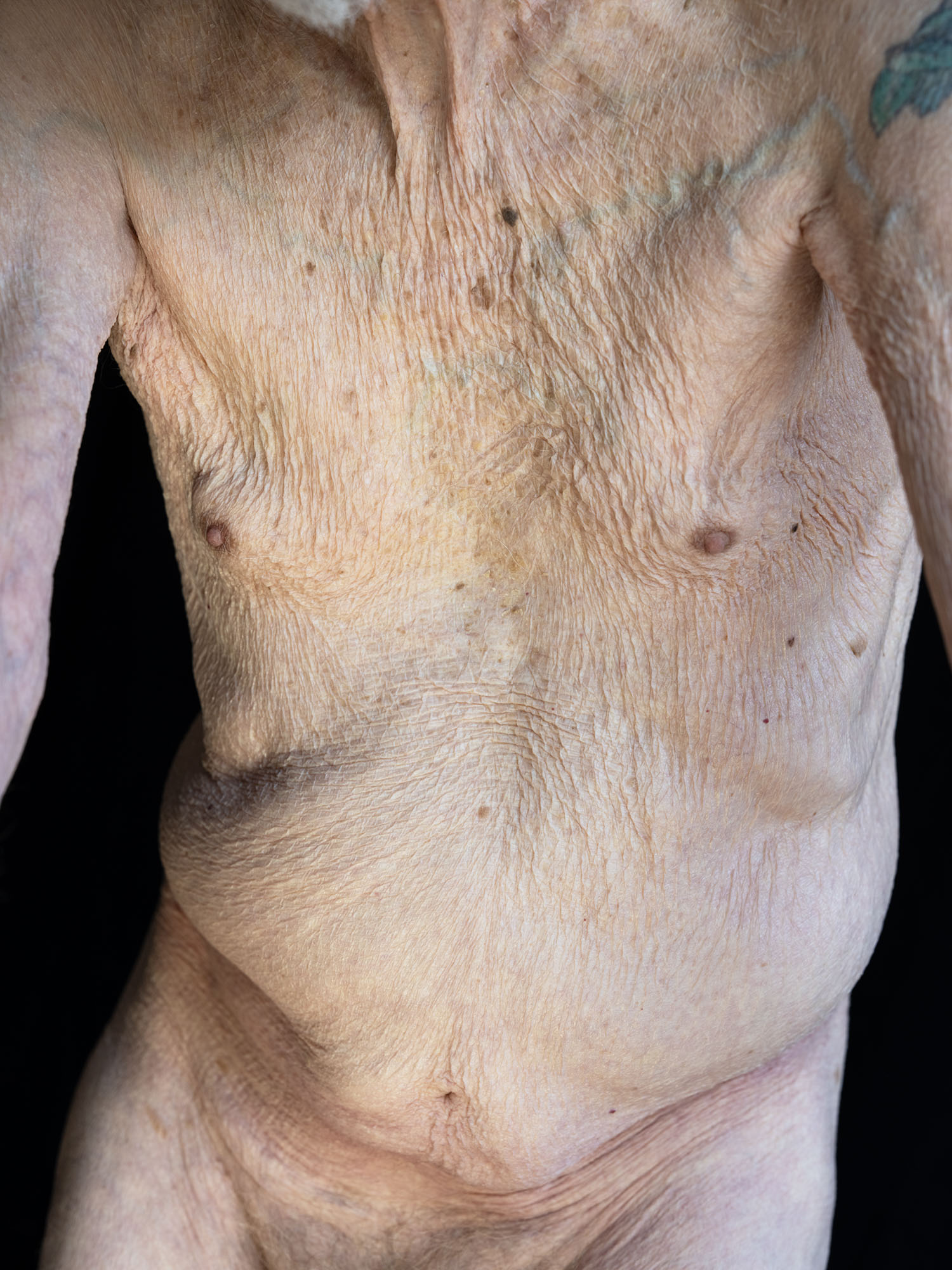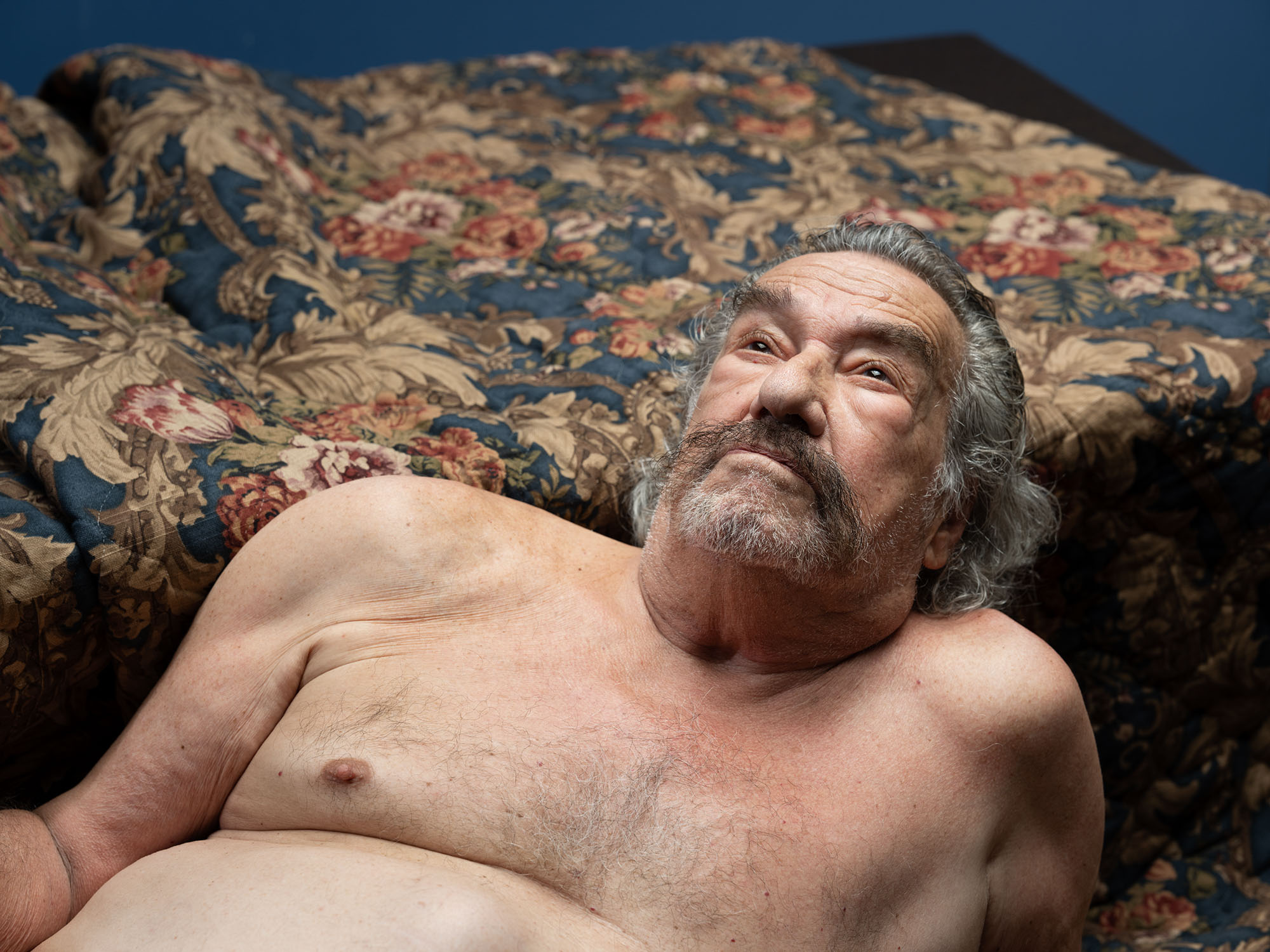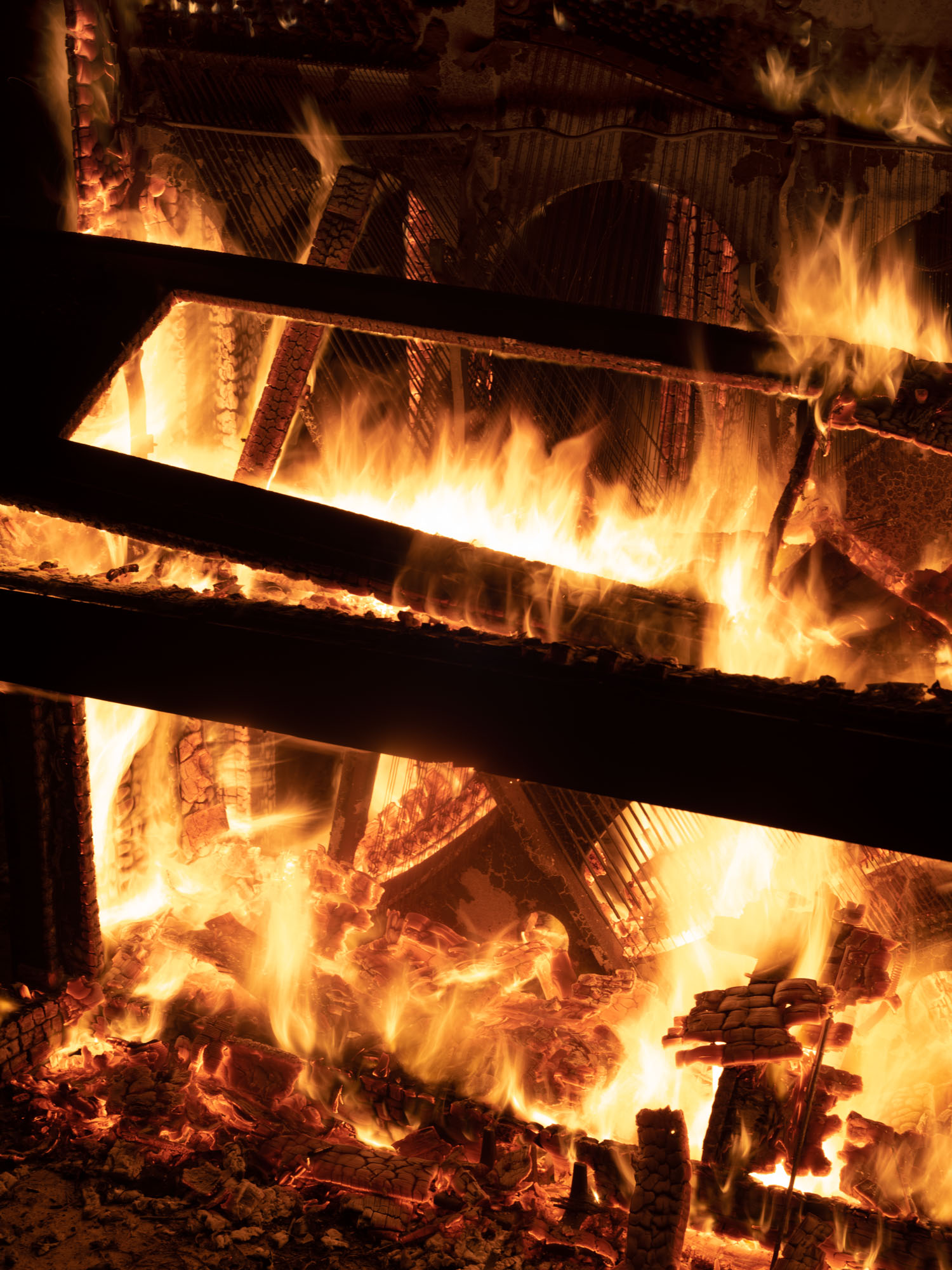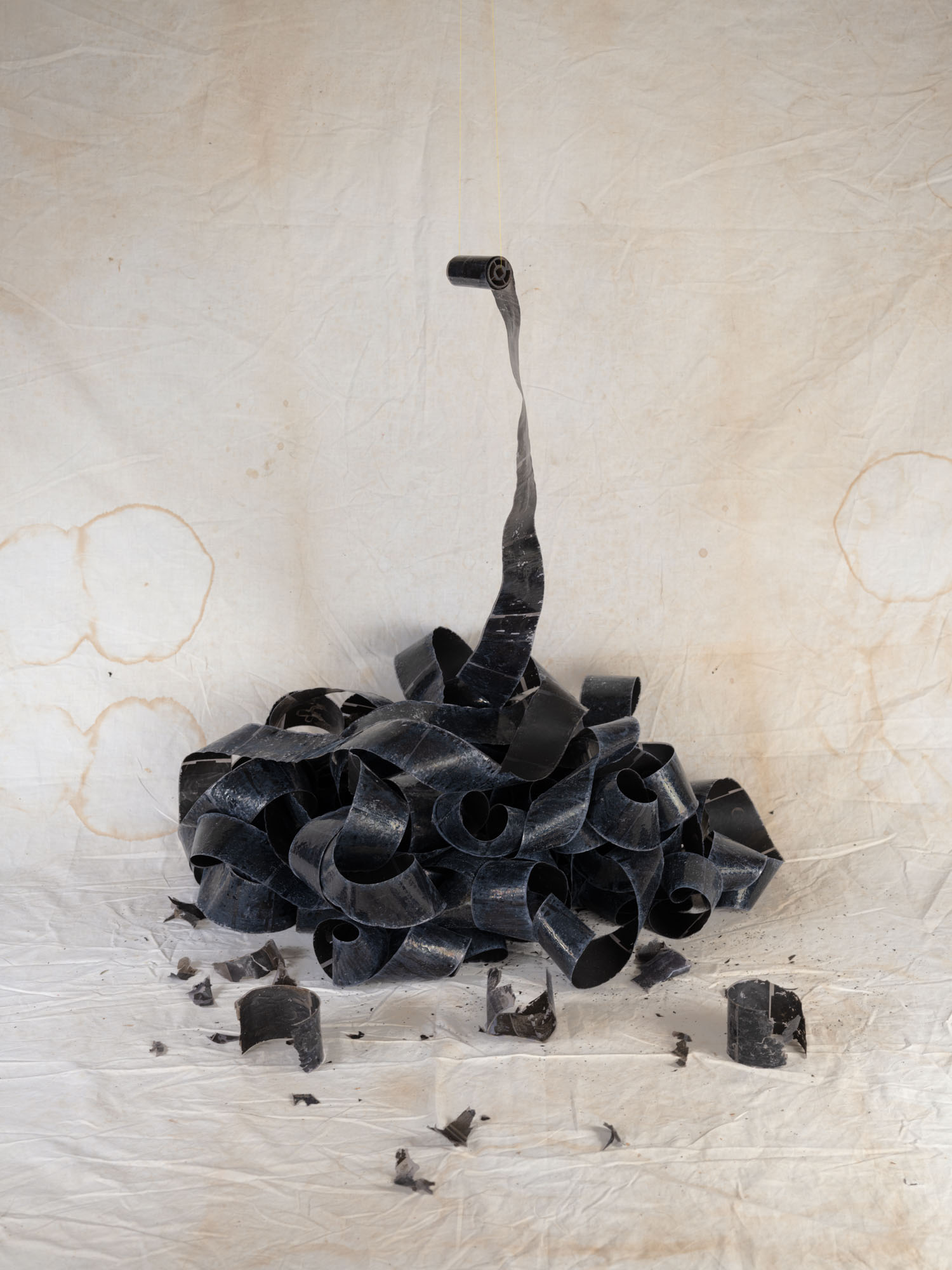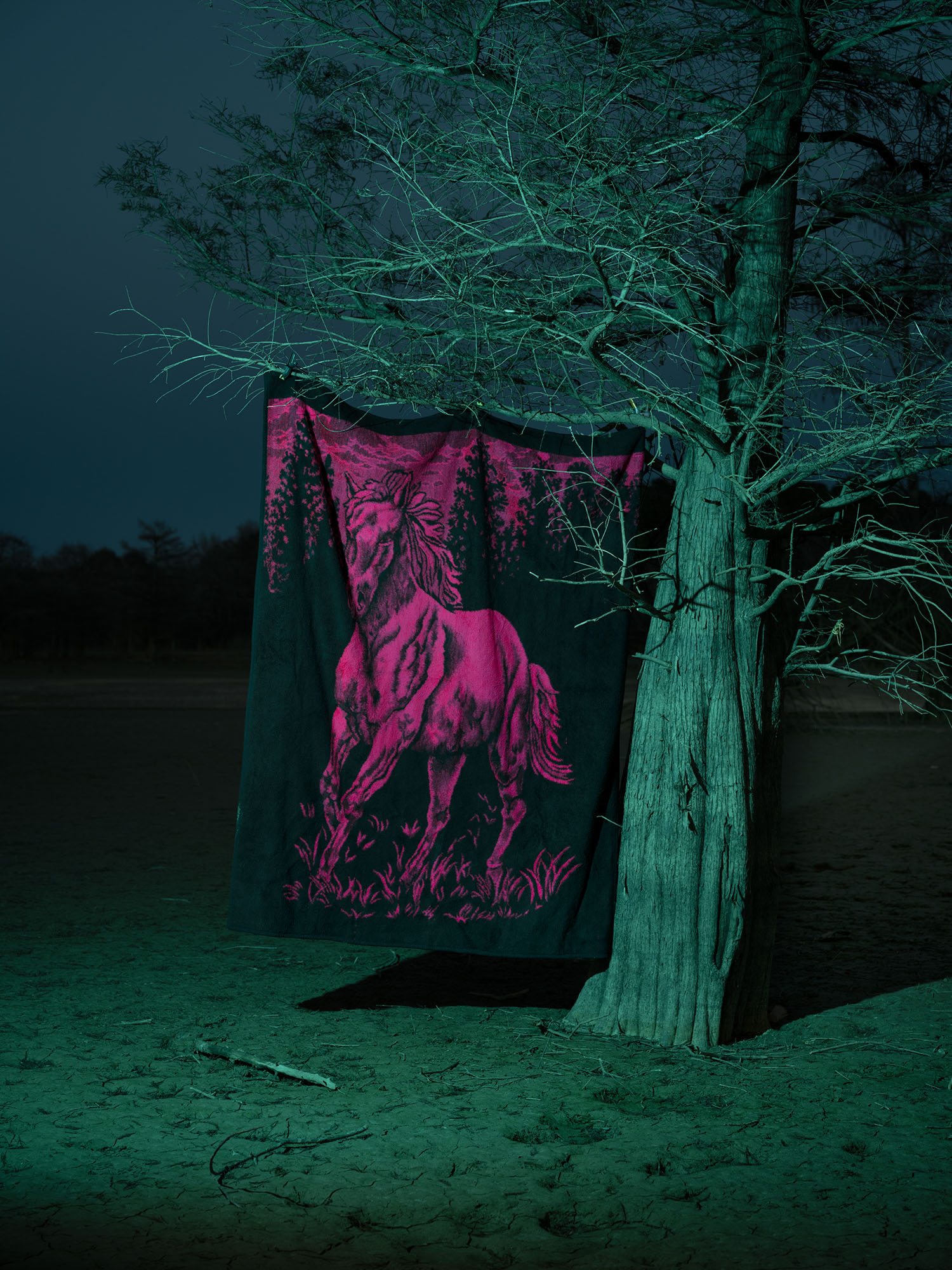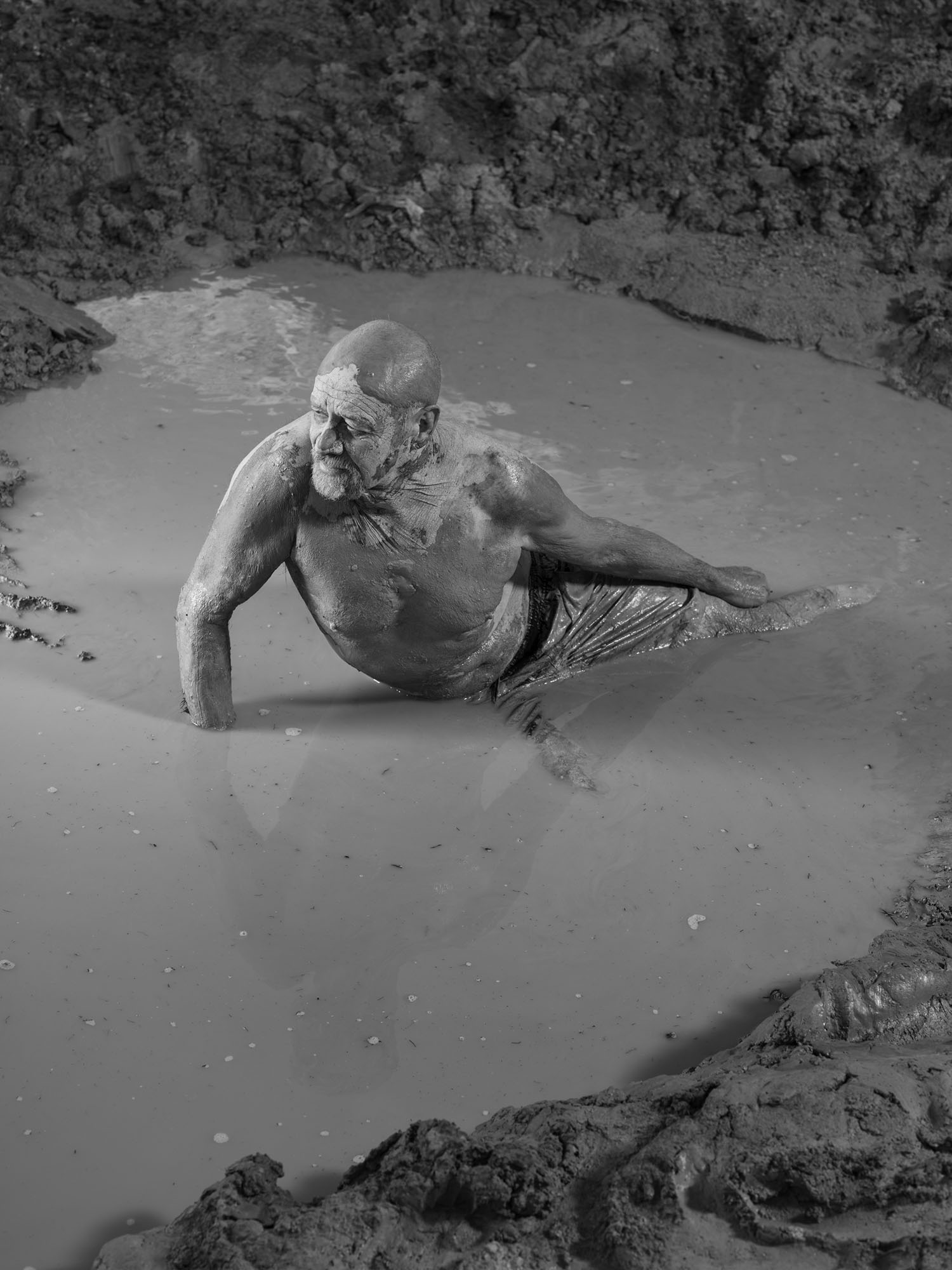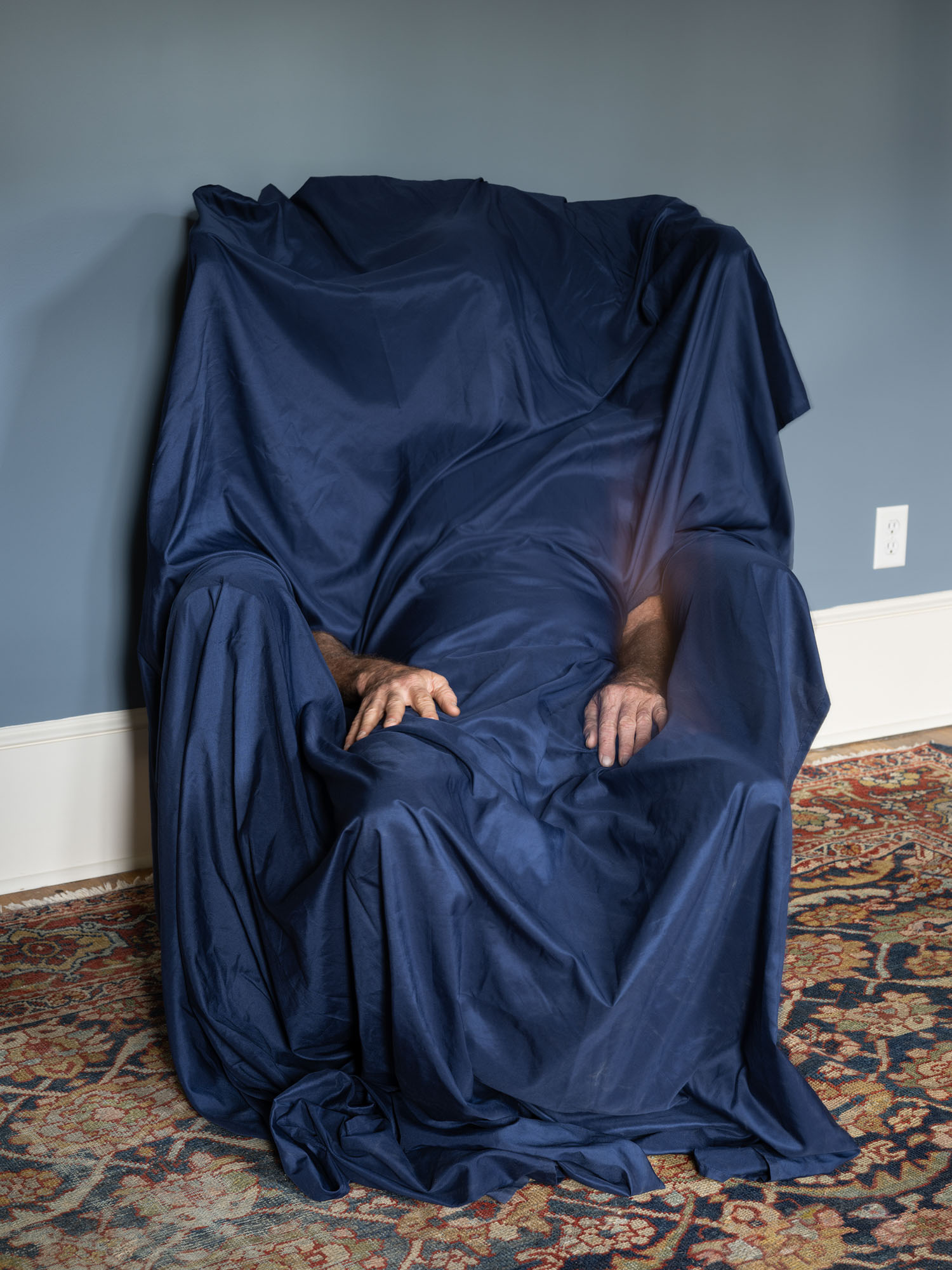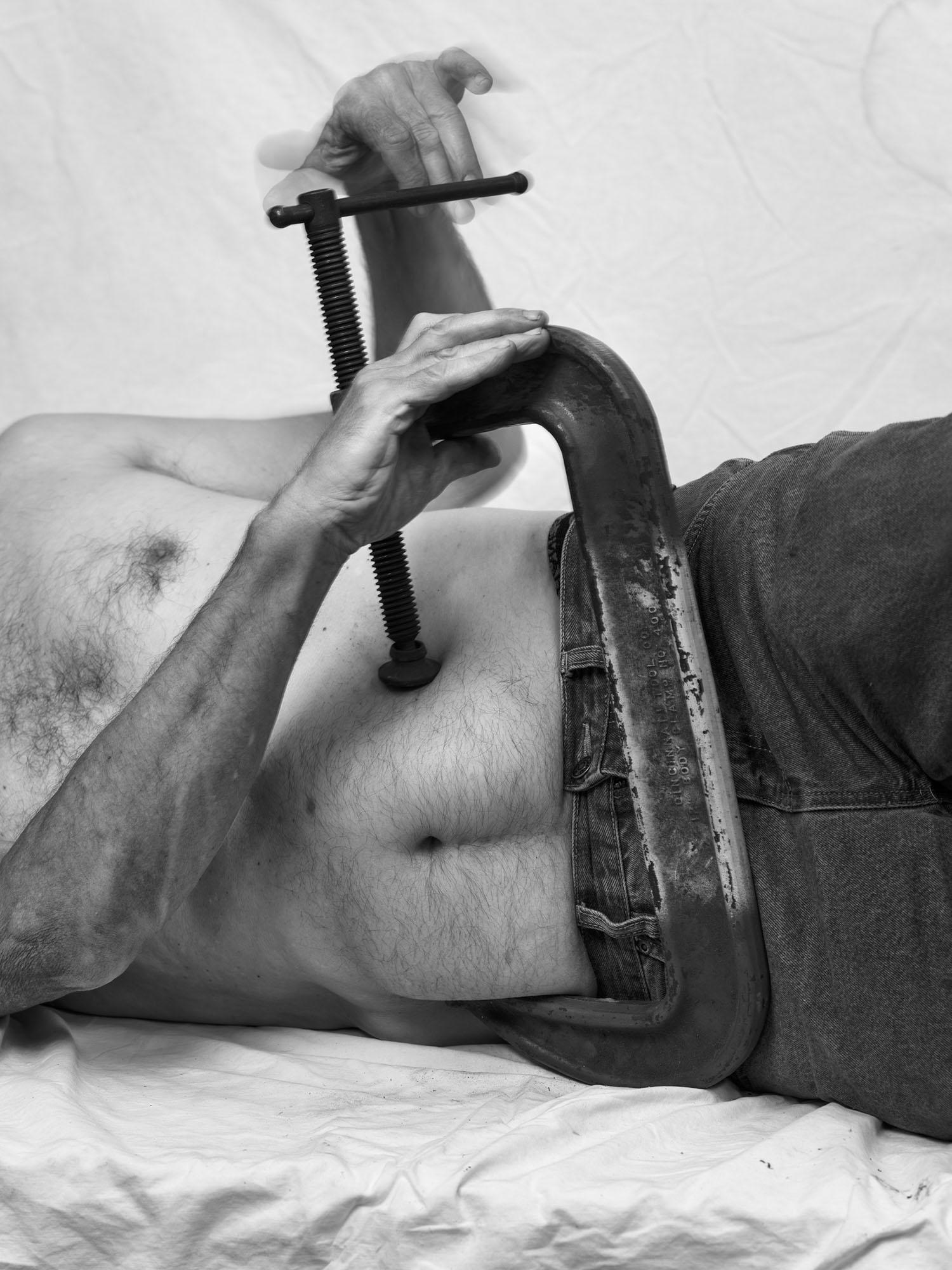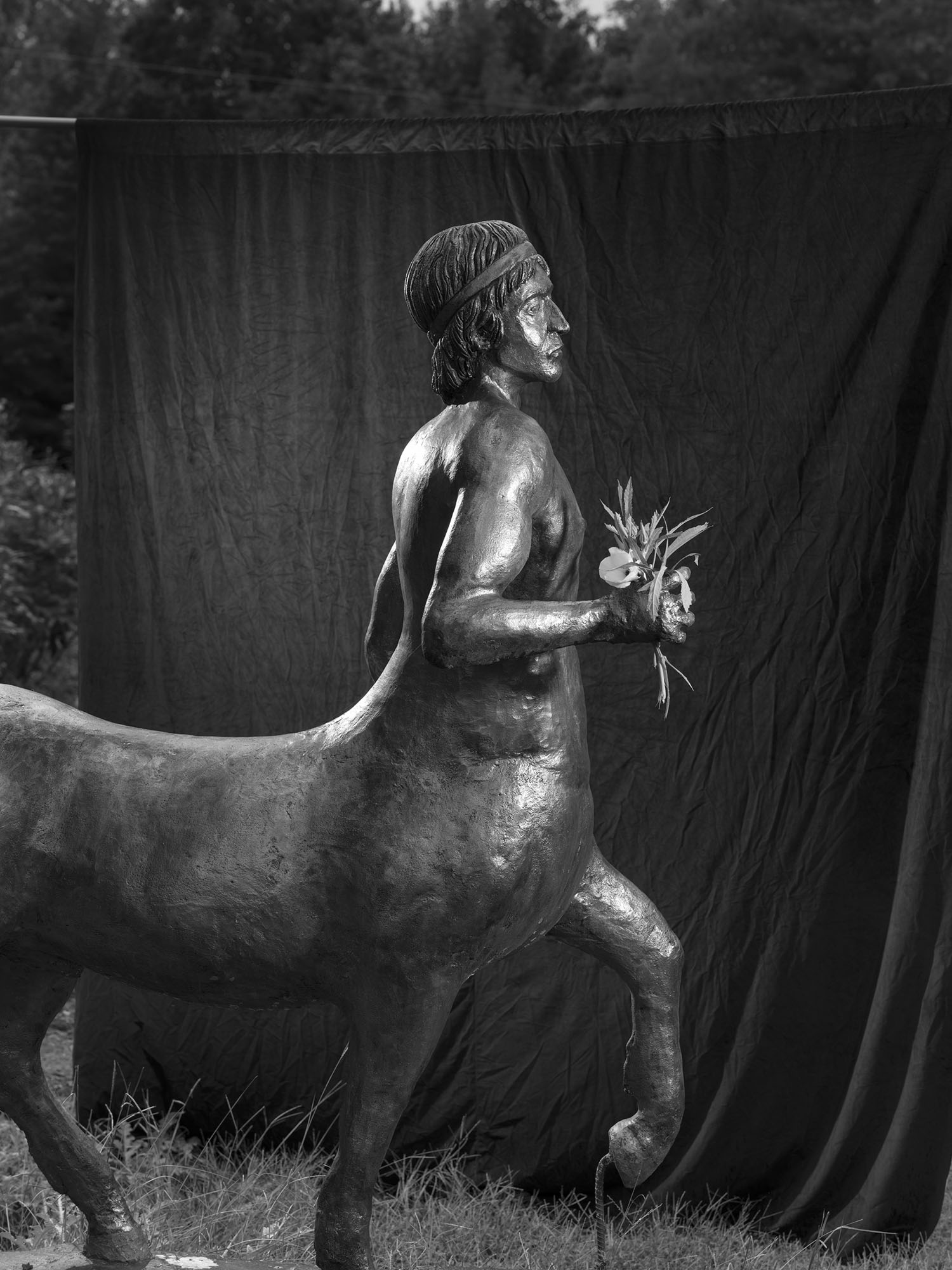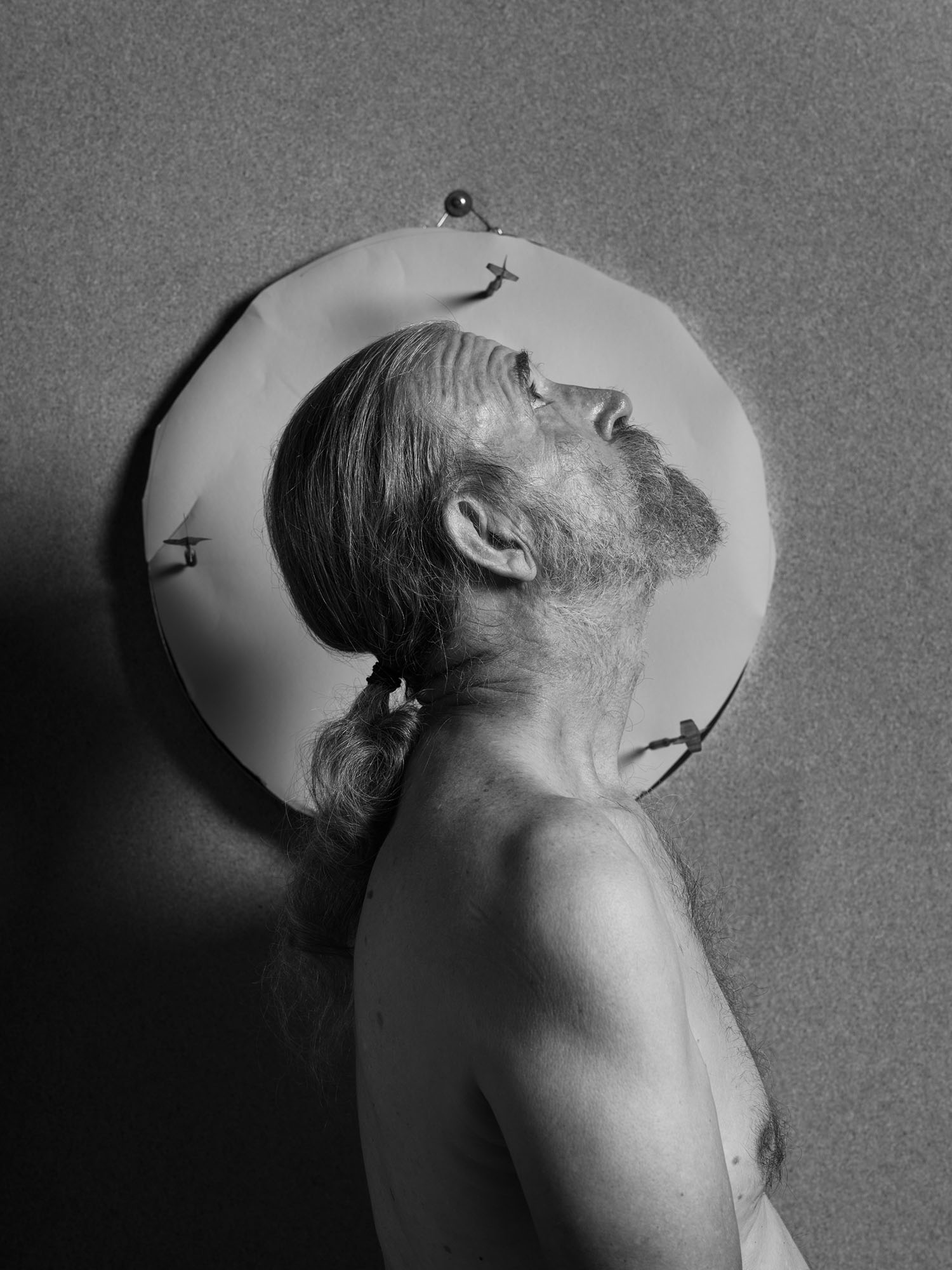Carolyn Drake's new body of work, Men Untitled, explores her relationship to the many myths that define and preserve masculinity across American culture. On view now at the Fondation Henri Cartier-Bresson in Paris and recently published as a book by TBW, the work asks a variety of critical questions in relation to manhood. What defines being a man? Toughness and strength? Assertiveness and dominance? Is that really true? What do these myths mean? Who do they hurt? When do they help? And most critically, what happens when they disappear and dissolve?
I couldn’t help but think of Drake as a sort of reverse Dr. Frankenstein, deconstructing individual pieces that formulate the creature known as masculinity through each of her photographs. Images of a stallion. A raging fire. The reflection and proliferation of guns. In book form, Men Untitled assembles these parts and is electrified into the monster itself. Her imagery provides a front-row seat to how the monster is made.
It's maddening to see the production of monsters and yet feel powerless to their creation, and you may feel this rage displayed in Drake's photographs. It's also present in the epilogue that she’s written at the back of her book, recounting personal experiences that motivated the work, like Kavanaugh's appointment to the Supreme Court or the reflection of her own sexual assault. And just as Mary Shelley infuses Frankenstein, for Drake this rage sometimes evolves into compassion and empathy, remembering that the monster is a product of its creation–and yet it still lingers there. But it's a rage you can really only identify if you are familiar with the rage of a woman. A quiet one, hidden behind low-hung eyes with fingernail dents in the soft of your palms. Anger that fits inside a box, teetering at the edge of a shelf. Never really a place to put it. Except maybe in a photograph.
Shaquille Heath: I was just in Paris and saw the exhibition at the Fondation Henri Cartier-Bresson—Congratulations! I was really mesmerized by it. You were awarded the 2021 HCB Award by the Foundation to produce these new photographs. Did you know what you wanted to explore when you began?
Carolyn Drake: Thank you! I had to submit a proposal for the HCB award, so I did have a general idea of what I wanted to do. Normally my projects change a lot as I work through them, and I wanted to allow for that so I kept the proposal very open-ended. I had previously worked on a series called Knit Club about a group of women I had befriended in a town in Mississippi where I lived for two years. I was exploring my relationship to the women, and more generally to the ideas of womanhood and femininity, and finding ways of visualizing them without being literal, without looking voyeuristically at their bodies, without turning them into muses. What I proposed for the HCB award was to go back to this place where I had photographed women and turn the camera on men.
So this new project started out being rooted in Water Valley, this town in Mississippi where I made Knit Club. But eventually, I realized I didn’t want this new project to be about a particular place. I didn’t want to say, okay, here’s my next project about Mississippi. I wanted it to be about looking at the male body. And it doesn’t matter where I do that.
Yeah, I think the themes that you're exploring are kind of universal across manhood and masculinity. And unfortunately, men aren't relegated to a certain geographic region.
Haha, yes there are men pretty much everywhere you go!

So the exhibition is accompanied by a beautiful book. And I was interested in the first image that you chose, "Board with Nails, Scorched." It’s this image of a rather phallic burned piece of wood, covered in nails. There are a lot of metaphors here, maybe as a representation for burning down masculinity tropes or I was even thinking of it like a voodoo doll with all the nails across it—but I think it's interesting that the book doesn't start with one of the images of the men. I was wondering about your thought process there.
I worked on the book very closely with the publisher—we worked on the sequence together. And that first image, it is all of those things you've said. The book starts with this image that is sharp, it's pointy, it's kind of like a weapon. It's phallic. But it's also burnt, so at the outset, it suggests destruction, as you said, and possibly even a ritualistic or witchlike kind of destruction. It's not a light-spirited introduction. It's not like, "Oh, men are beautiful!" That's not how we're starting. We're starting with something a little confusing, not what you expect, but once you start examining the image, you find symbolism that connects to my take on masculinity. Dealing with the category of masculinity, I felt it was important to avoid fulfilling the viewer's expectations. What's the point of that? More of the point is to unsee what we think we know about masculinity. Especially in the United States where masculinity was formed in part by Hollywood Westerns and ideals of rugged individualism, male strength, violence, and toughness. I wanted to avoid perpetuating that mythology.
Another thing just to mention about that piece of burnt wood is that during COVID I was working on this project where I was building and photographing temporary sculptures in my backyard. So, I had this attraction to still lifes and sculptures that I was still holding onto as I started this new project.

That's so interesting because I thought it was very clever with the objects that you chose. With what you're saying, the objects underscore masculinity, but not in a way that is obvious. For example, I was thinking about some of the objects that point to religion that often center the man, or even the God complexes that come with that. You have an amazing image of this stallion on a blanket.
Yeah, the two images that immediately come to my mind are the image of guns/mirrors and the image of the decayed/rising film strip. To me, the image of guns reflected in the mirrors speaks about illusion, repetition, and proliferation. I think masculinity becomes what it is through repetition, it becomes real by being performed over and over again.
I've thought a lot about the medium of photography and its relationship to gender, and the ways it has historically perpetuated gender difference. In the past, the camera was a tool used predominantly by men. And men have repetitively used it to turn female bodies into an object of desire. I’m playing with reversing that dynamic or interfering with it.
I found it interesting for myself that looking at these photographs of men, I often found that I was still thinking of women. Either throughout some of the parallels you are making by having men in poses that are reserved for women, or because I was even thinking about you as the photographer and what safety might have felt like in these vulnerable moments. A switch on the power dynamics.
You know I didn't acknowledge to myself that I wanted to shoot men without their clothes on until I was more than halfway through the project. Gathering the courage to directly ask them to do that took a long time. At first, I was trying to mimic the gaze of a homoerotic man. I was trying to look at the body as a sexy object, but that wasn't really how I was feeling. I had to think, well what direction do I want to take this in? How do I want to see these guys? It felt like a blank slate because this was a new subject for me and there weren’t a lot of references to turn to of how 50-year-old women photograph male nudes.

Being on the verge of menopause affected the process as well. I don't go in the room and start looking at the men and start wanting to have sex with these guys. But I am invigorated by the opportunity to direct them. But yeah, there's sometimes a danger. Some of them were strangers. And there was risk. But a lot of things in photography are risky.
Another thing to mention is I’m not driven to make portraiture that claims to access or expose a person’s soul. I don't want someone to come to my picture and think, Oh, I came away from that feeling like I knew that person. I want to put something between the subject and the viewer to make them question that fantasy a little bit. To me, it's totally false that if you look at a portrait, you feel like you know that person. I mean, in my opinion, it's not really true.
Men Untitled is available from TBW Books. The exhibition will be on view at Fondation HCB through January 14th, 2024.

